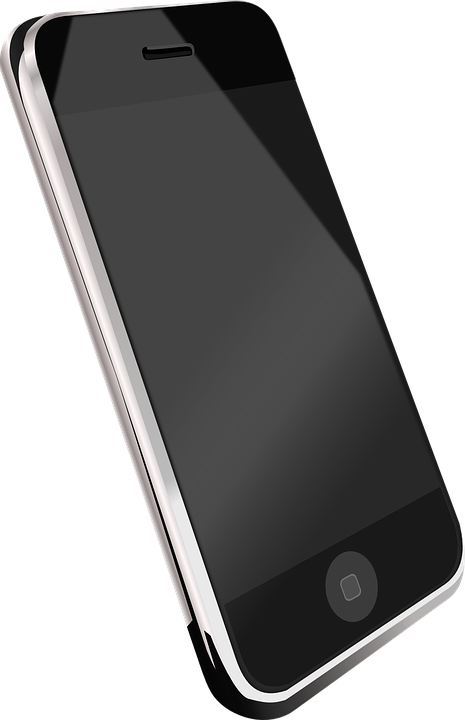In today’s digital age, mobile devices have become an integral part of our daily lives. As a result, it is crucial for businesses to prioritize mobile user experience (UX) design in order to provide a seamless and enjoyable browsing experience for their customers. In this article, we will explore the concept of mobile-first UX design and provide strategies and tips for creating a user-friendly mobile experience.
What is Mobile-First UX Design?
Mobile-first UX design is an approach to web design that prioritizes the user experience on mobile devices before desktop devices. This strategy acknowledges the fact that more and more users are accessing websites and apps on their smartphones and tablets, and therefore, it is essential to design with a mobile-first mindset.
By focusing on mobile-first UX design, businesses can ensure that their websites and apps are optimized for smaller screens, touch interactions, and slower internet connections. This approach not only improves the overall user experience but also helps in boosting conversion rates and increasing customer satisfaction.
Strategies for Mobile-First UX Design
1. **Responsive Design**: One of the first steps in mobile-first UX design is to create a responsive website that adapts to different screen sizes. This ensures that your website looks and functions seamlessly on all devices, whether it be a smartphone, tablet, or desktop.
2. **Prioritize Content**: When designing for mobile, it is important to prioritize the most important content and features. Keep the design clean and minimalistic to avoid overwhelming users with too much information. Consider using collapsible menus, accordions, or tabs to save space and improve readability.
3. **Fast Loading Times**: Mobile users are often on the go and have limited patience for slow-loading websites. Ensure that your website loads quickly by optimizing images, using browser caching, and minimizing server response times. A fast-loading website not only improves user experience but also boosts SEO rankings.
4. **Thumb-Friendly Navigation**: Design your mobile website with touch interactions in mind. Place important buttons, links, and menus within easy reach of the user’s thumb to improve usability. Consider using large, tappable buttons and intuitive gestures to enhance the mobile experience.
5. **Optimize Forms**: Mobile users are less likely to fill out lengthy forms on their devices. Simplify the form fields, use inline validation, and provide autofill options to make the process as smooth as possible. Consider implementing mobile-friendly input methods such as date pickers or dropdown menus to improve user experience.
6. **Mobile-First Testing**: Before launching your mobile website or app, conduct thorough testing on various devices and screen sizes. Test for usability, performance, and compatibility to ensure a seamless experience for all users. Consider using tools like Google’s Mobile-Friendly Test or BrowserStack for cross-browser testing.
Tips for Mobile-First UX Design
1. **User-Centric Design**: Always keep the user in mind when designing for mobile. Understand their needs, preferences, and behaviors to create a personalized and intuitive experience. Conduct user research, analyze feedback, and iterate on your designs to continuously improve the user experience.
2. **Visual Hierarchy**: Use visual hierarchy to guide users through your mobile website or app. Use contrasting colors, font sizes, and spacing to highlight important elements and call-to-action buttons. Consider using persuasive design techniques such as color psychology or scarcity to encourage user engagement.
3. **Consistent Branding**: Ensure that your mobile website maintains a consistent brand identity across all devices. Use the same logo, color palette, typography, and tone of voice to create a cohesive and recognizable experience for your users. Consistent branding builds trust and loyalty among your audience.
4. **Accessibility**: Make your mobile website accessible to all users, including those with disabilities. Consider implementing features such as alt text for images, descriptive headings, and high contrast text to improve readability. Ensure that your website is compatible with screen readers, keyboard navigation, and voice commands for a truly inclusive experience.
5. **Feedback and Iteration**: Solicit feedback from users, conduct usability tests, and analyze data to identify areas for improvement. Use A/B testing, heatmaps, and session recordings to gather insights on user behavior and preferences. Iterate on your designs based on feedback to continually enhance the user experience.
In conclusion, mobile-first UX design is essential for businesses looking to create a seamless and enjoyable browsing experience for their customers. By prioritizing mobile user experience, businesses can improve conversion rates, increase customer satisfaction, and stay ahead of the competition. By following the strategies and tips outlined in this article, businesses can create a user-friendly mobile experience that delights users and drives success.
